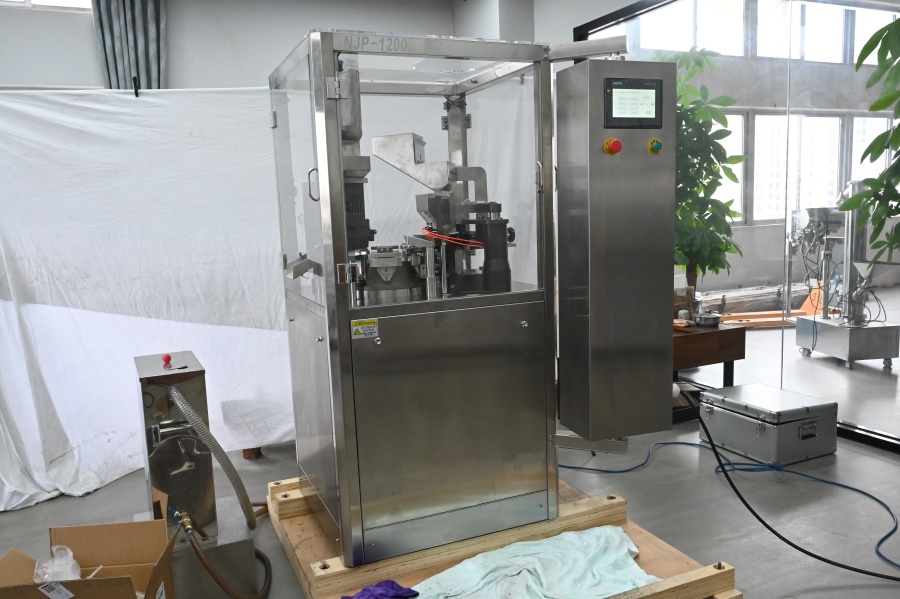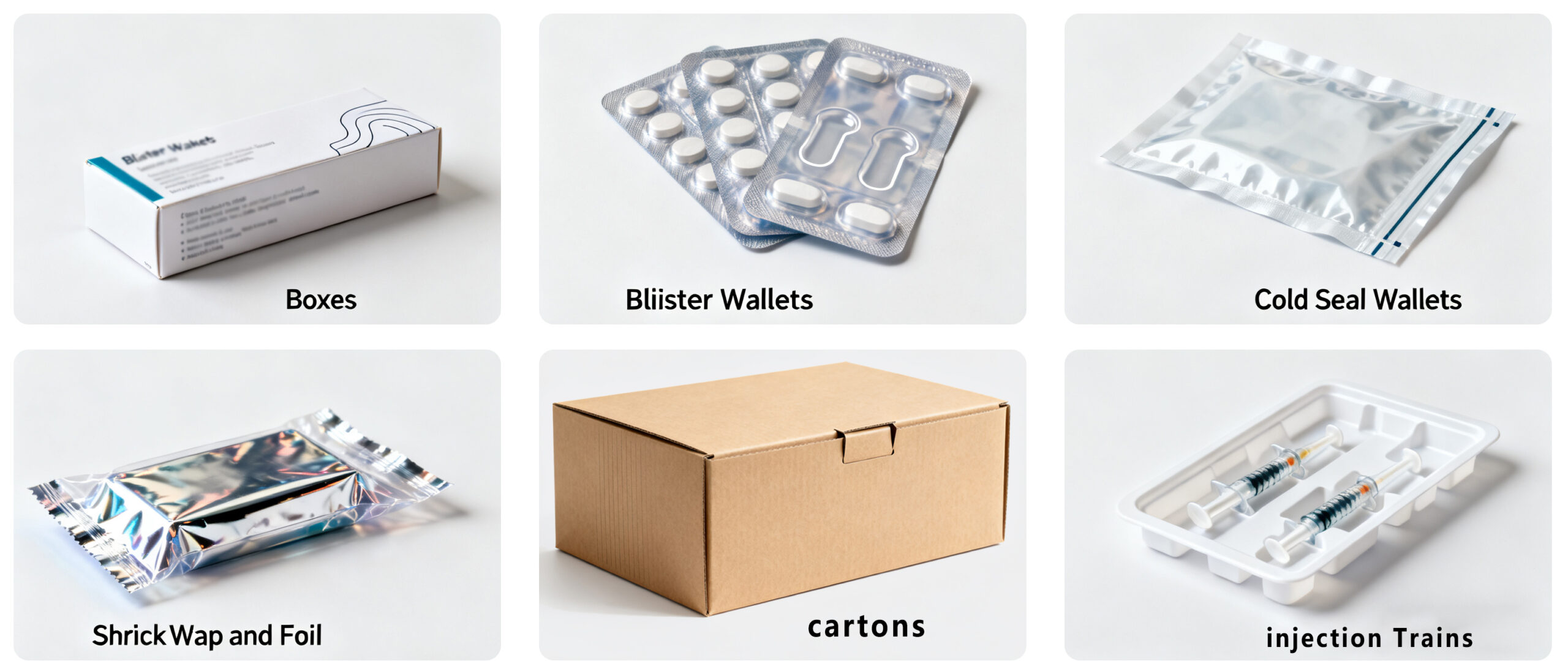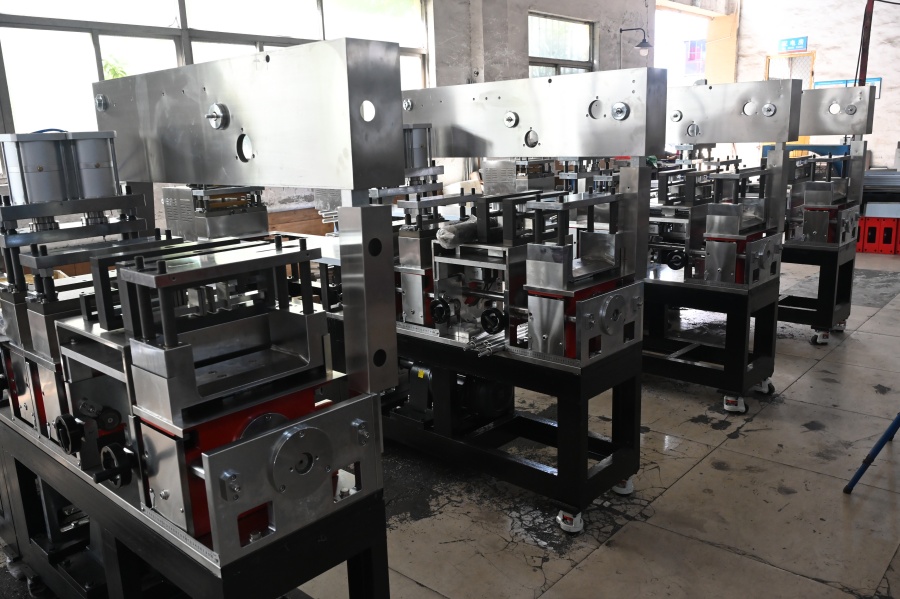Making the right product is only half the battle; how you deliver it is just as crucial. The capsule shell is your customer’s first physical interaction with your product.
A well-made capsule helps maintain the stability of the formulation and provides a consistent dosage. In contrast, a low-quality capsule can compromise the safety and effectiveness of your formulation.
Let’s take a detailed look at the empty capsule selection, why it matters so much, and the best tips for choosing the best empty capsules for your product.
Five Tips for Choosing the Right Empty Capsules
The ideal capsule shell depends on several critical factors. From the dosage to the materials and compatibility with your equipment, a thoughtful decision is key to a successful product. Let’s take a look at five essential tips to guide your choice.
Tip #1: Determine Your Required Dosage
The first and most critical step is to determine the correct dosage. You must identify the active ingredient; the component that provides the product’s effect. Then calculate the precise amount required for each capsule.
Next, consider the fill volume. This is where the density of your powder becomes essential. Density refers to how compact your powder is. A dense powder will take up less space than a fluffy one at the same weight. You need to calculate the total volume your ingredients (active plus any fillers) will occupy.
For example, if you need a 500mg dose of a powder with a density of 0.8 g/mL, you would need a capsule with a volume of approximately 0.625 mL.
Tip #2: Choose the Right Capsule Material
Your product’s success also depends on the material of your capsule. The two main options are gelatin and HPMC (Hypromellose).
Gelatin capsules are made of animal collagen. They are a cost-effective and widely available option with good manufacturing properties. The biggest advantage is that this material rapidly dissolves in the stomach. However, they are not suitable for vegans and can become brittle in low humidity or sticky in high humidity.
HPMC capsules, on the other hand, are made from plant-derived cellulose. This means they are perfect for both vegetarian and vegan individuals. They also offer excellent stability across a range of temperatures and humidity levels. You can use them for slower or delayed formulations.
Tip#3: Prioritize Ease of Swallowing
Choosing the right capsule size is crucial for consumer comfort and compliance. If a capsule is too large, it can be difficult to swallow. This might cause people to skip doses or stop taking your product altogether.
Capsule sizes 00 and 0 are the most common choices for adults. They strike a good balance between holding a sufficient dose and being easy to swallow for most people. But you should be mindful of your target audience. Choose smaller sizes for products intended for children and pets. Go for 1, 2, or even smaller, to ensure the capsule can be taken safely and comfortably.

The chart below outlines capsule sizes, volumes, and capacities to guide you in choosing one that supports both your dosage requirements and consumer comfort.
| Capsule Size | Volume Capacity (ml) | Approx. Weight Capacity (mg) | Closed Length (mm) | Common Uses |
| 000 | 1.37 | 1000– – 1400 | 26.1 | Very high-dose supplements, dense powders, and large herb quantities. |
| 00 | 0.92 | 600– – 900 | 23.3 | High-dose vitamins, herbal blends, protein, and sports supplements. |
| 0 | 0.68 | 400– – 600 | 21.7 | Standard dose supplements are common for adult medication and nutritional products. |
| 1 | 0.5 | 250– – 400 | 19.4 | Medium-dose supplements, often used for children and pets. |
| 2 | 0.37 | 200– – 300 | 18.0 | Lower-dose supplements, suitable for sensitive individuals |
| 3 | 0.30 | 150– – 250 | 15.9 | Good for potent or concentrated ingredients. |
| 4 | 0.20 | 100– – 150 | 14.3 | Very small-dosage capsules are used for highly potent ingredients. |
| 5 | 0.13 | 60– – 100 | 11.1 | Tiny capsules are used for specialty applications or very small, precise doses. |
| ||||
Tip #4: Capsule Quality
The quality of your capsule directly impacts your product’s performance and safety. Choose capsules that meet rigorous quality standards. This includes tests for disintegration, dissolution, and content uniformity.
These tests ensure the capsule breaks down correctly in the body and releases its contents effectively. They also confirm that each capsule contains the same amount of active ingredient.
Meeting these quality standards is a non-negotiable requirement for compliance with regulatory bodies like the FDA. It shows that every single dose is safe for the consumer and also consistently delivers the intended nutritional effect.
Tip #5: Compatibility with Your Equipment
Selecting capsules that fit your filler machine is essential for a smooth production process. Not all capsule sizes are appropriate for every machine. Using the incorrect size can lead to numerous production problems. For example, capsules getting stuck, inconsistent filling, or even equipment damage.
This is where understanding the capsule size chart is particularly useful. It allows you to select a size that not only fits your formulation but also works with your production line. For instance, using a larger size 000 or a smaller size 3 in an incompatible machine can lead to jamming, poorly sealed capsules, and unnecessary loss of time and materials.
BONUS: Capsule Branding Tips
Now that you know how to choose the right empty capsules, it’s important to consider how they align with your product’s image and presentation. The right capsule type, design, and packaging can support your brand’s identity while protecting product quality.
Clean Label Products: If your brand is marketed as “clean label,” “all-natural,” or “non-GMO,” ensure your capsules match this claim. Vegetarian (HPMC) capsules often align better with these health-conscious trends. They provide a clear, plant-based alternative for consumers who prioritize transparency in ingredients.
Customization: Use proper packaging such as blister packs or airtight containers. It protects the capsules from moisture and maintains their stability.
Packaging: Don’t underestimate the power of branding. Many suppliers offer capsules in a variety of colors and can even print your logo or product name directly on the shell. This can make your product stand out on a crowded shelf.
FAQs
How do I know the exact weight capacity of a capsule for my specific powder?
The weight capacity of a capsule depends on the density of your powder. To find the exact weight, you must first determine your powder’s bulk density (grams per milliliter). Then, multiply this density by the capsule’s fixed volume capacity (in ml) to get the precise weight in grams.
Can I use hard capsules to fill liquids or oils?
Hard capsules are primarily designed for dry powders and granules. While some HPMC capsules can be used with non-aqueous liquids like oils, this requires a specialized process to ensure a proper seal. For most liquid or oil-based products, softgel capsules are the standard and more reliable choice.
What is the ideal relative humidity for storing empty capsules?
The ideal relative humidity for storing empty hard gelatin capsules is between 35% and 65%. If the environment is too dry (below 35% RH), the capsules can become brittle and crack. If it is too humid (above 65% RH), they can become soft, sticky, and difficult to handle and fill.
Right Capsule: The Core of Success
The capsule shell is far more than just a covering for medicine or a supplement. It is a fundamental component of your product’s design that dictates everything from its stability to its effectiveness. In the long term, a well-chosen capsule protects consumer safety and enhances your brand’s reputation.
This is why careful consideration of capsule type, size, material, and compatibility with your formulation is essential. Choosing the right capsule ensures optimal dosage delivery, extends shelf life, and meets regulatory standards.
Ultimately, the right capsule is not just packaging; it is a strategic decision that supports both product performance and market trust.
Recommend Readings:
Capsule vs Tablet: The Complete Beginner’s Guide.
What is Softgel Capsule? Everything You Need to Know.
Understanding Capsule Shells: A Complete Guide.
How to Fill Capsules: Video Guide.
Soft Capsule vs Hard Capsule: Which Suits Best for You!
Understanding Capsules: The Essential Guide to Pharmaceutical Capsules.





